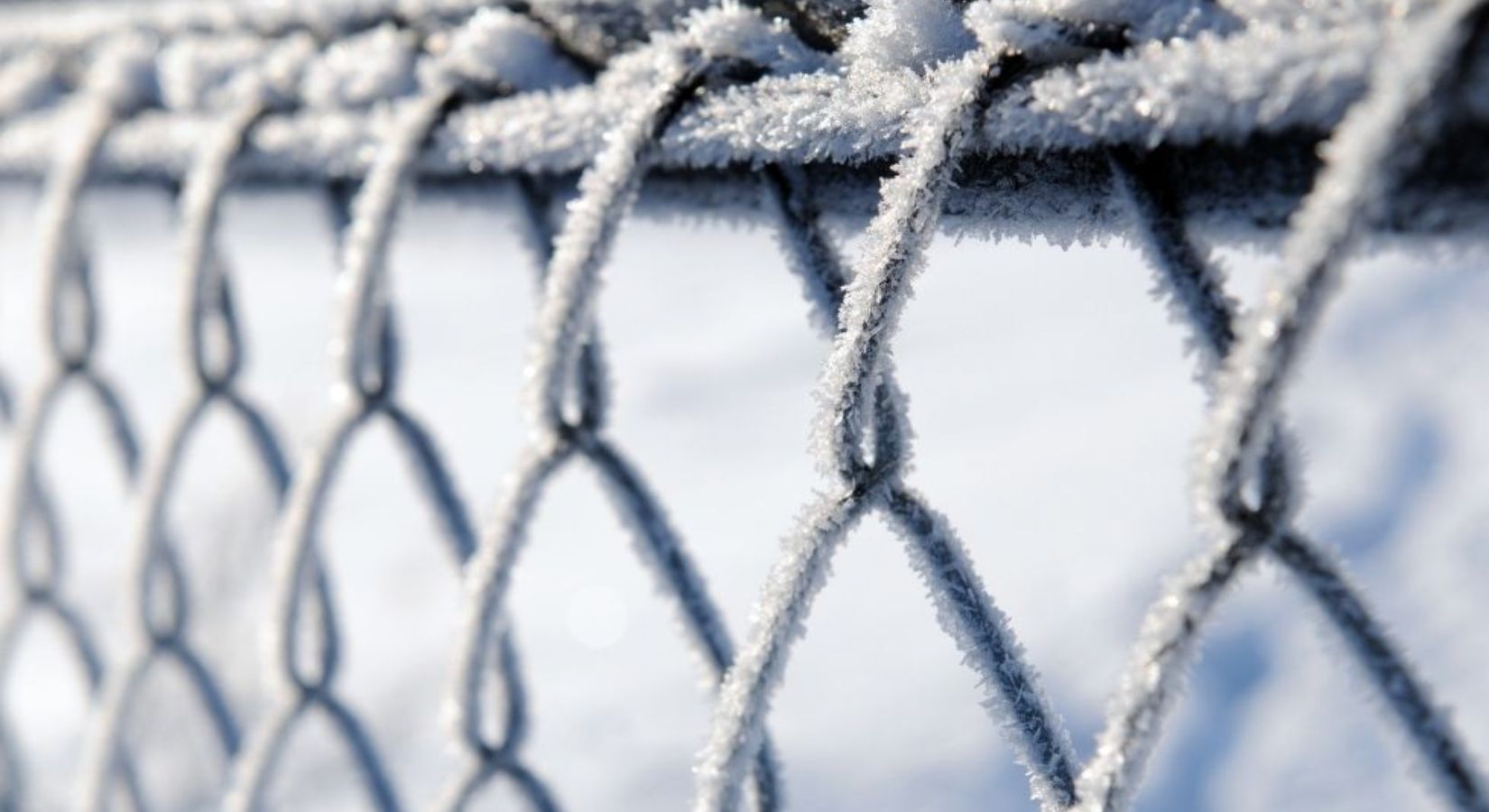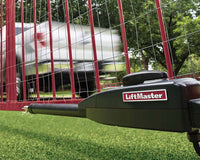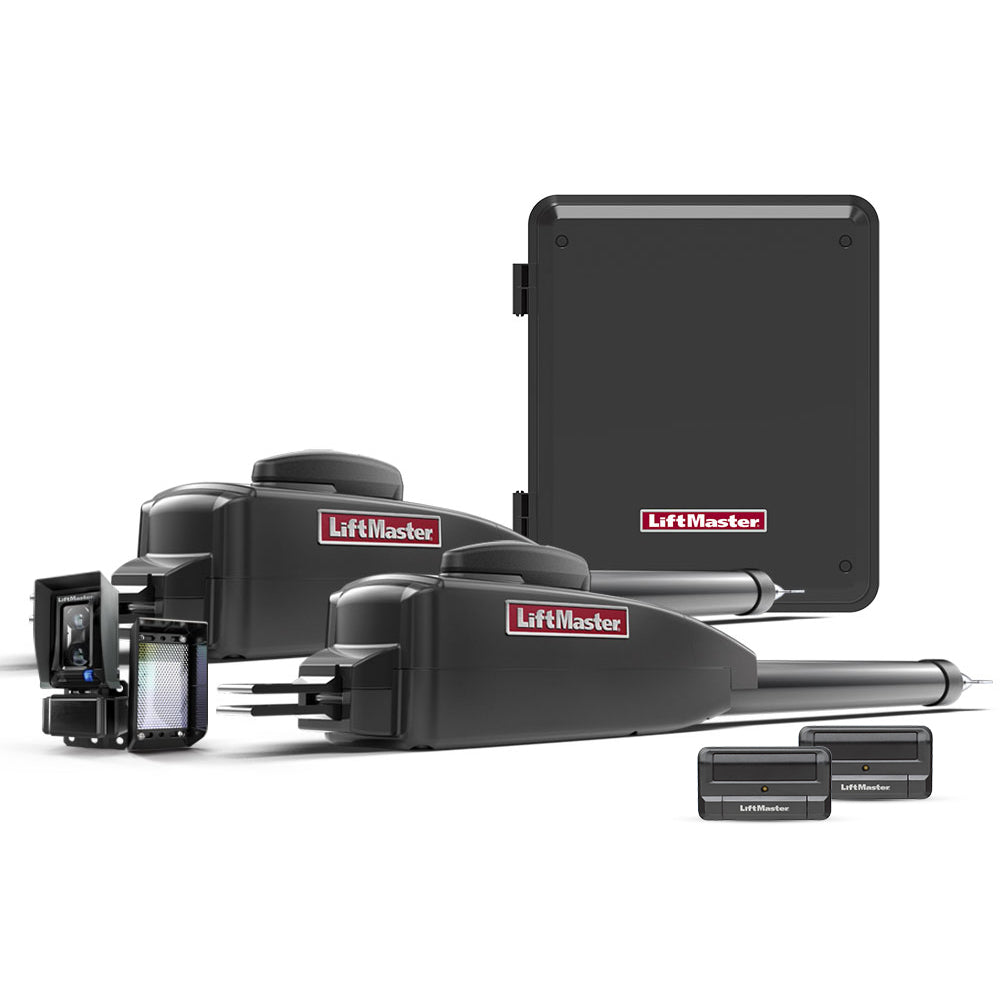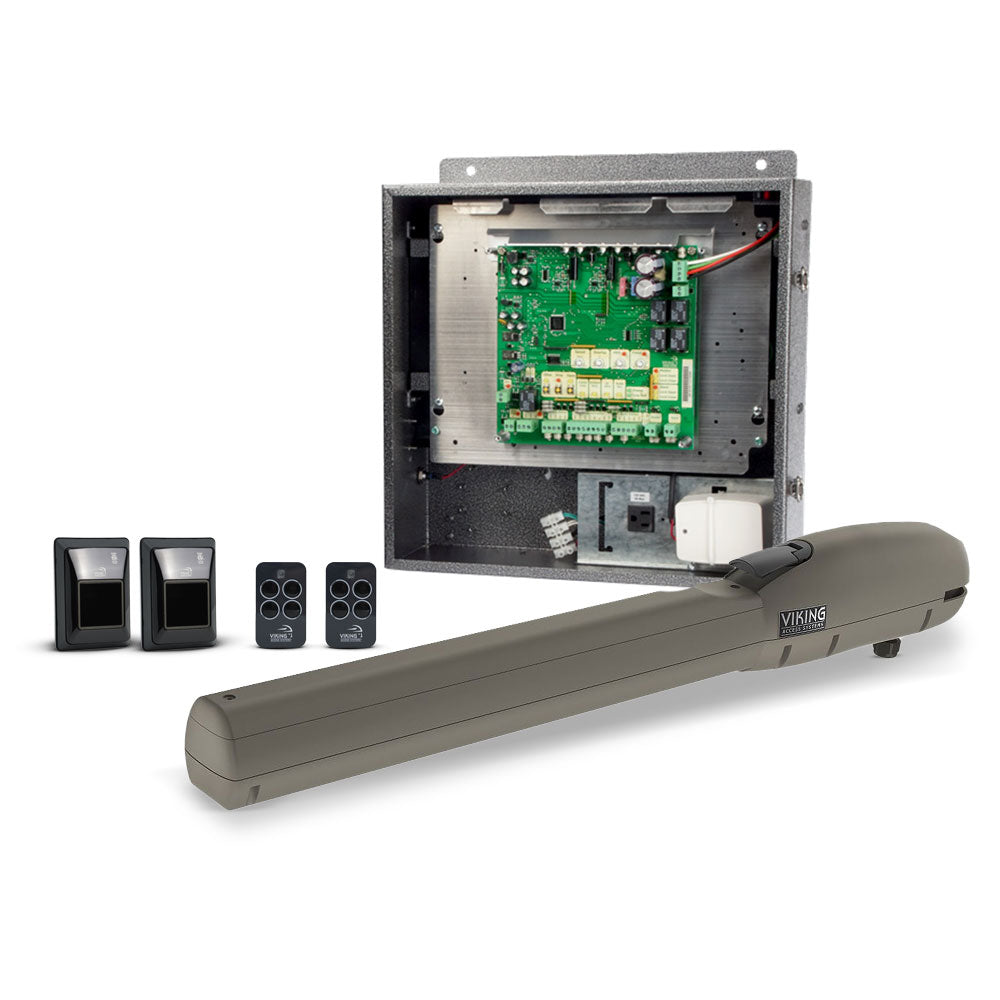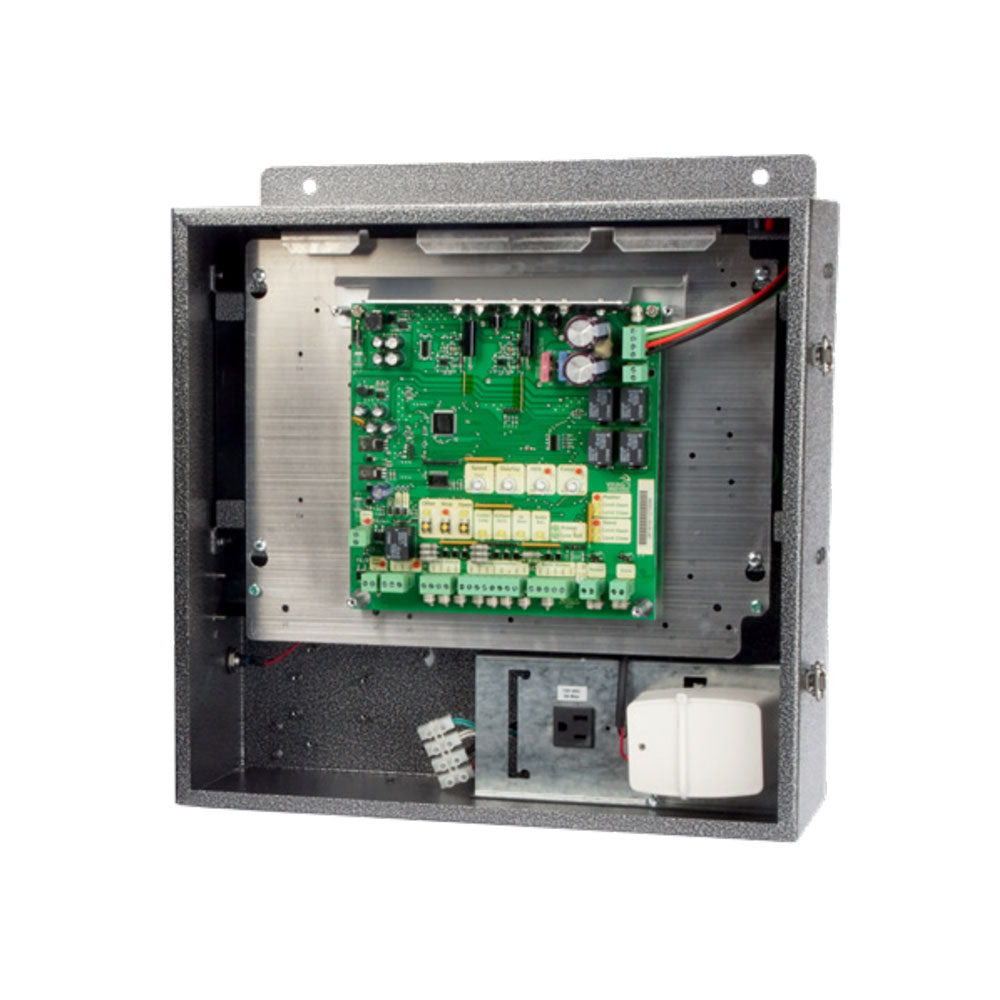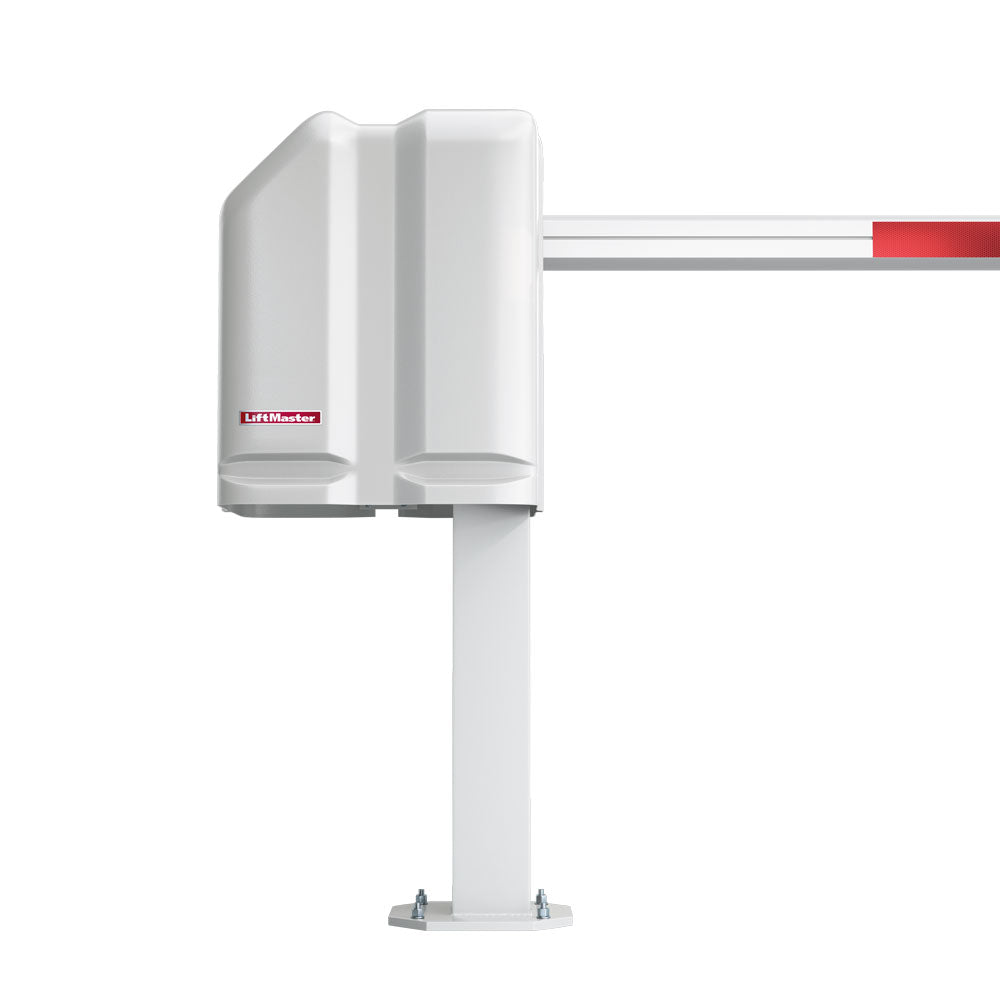When It Comes to Winter, Don’t Sit On The Fence!
Winter is coming, and with it, a host of potential problems for property managers and owners. As the holiday season approaches, many of us are focused on festive gatherings and gift-giving. However, it’s crucial to remember that harsh winter weather can pose significant risks to our properties, especially our fences.
Snow, ice, and freezing temperatures can wreak havoc on fences, causing various types of damage. From cracked wood to bent metal, the effects of winter can be severe. Additionally, strong winds can further exacerbate the problem, leading to uprooted or toppled fences.

A damaged fence can create numerous issues for property owners. Not only does it compromise the security of your property, but it can also pose safety hazards. For instance, a weakened fence could collapse, injuring someone. Moreover, a damaged fence can allow intruders to access your property, increasing the risk of theft or vandalism.
To prevent these problems, today’s All Security Equipment blog post will provide you with 10 essential tips to protect your fence during the winter months. By following these guidelines, you can ensure that your fence remains strong and secure, even in the harshest winter conditions.
1 - Trim Trees And Foliage: A Landscape Essential
To safeguard your fence during winter, it's crucial to trim any trees or shrubs that grow near it. Overhanging branches can accumulate heavy snow and ice, which can weigh down and damage your fence. Additionally, falling branches during storms can cause significant damage.
For instance, a large oak tree near a wooden fence can become a hazard during a heavy snowfall. The weight of the snow can cause the branches to sag and eventually break, potentially damaging the fence.
By regularly trimming back trees and shrubs, you can reduce the risk of damage to your fence. It's important to maintain a safe distance between your fence and any nearby vegetation, but also always keep in mind the regulations of your neighborhood regarding landscaping and neighborhood property.
2 - No Crooked Fences: Fix Leaning Posts

Leaning fence posts are a common problem, especially during winter when the ground freezes and thaws. A leaning post can weaken your fence's structure and make it more susceptible to damage from wind and snow. It's essential to address leaning posts promptly to prevent further issues.
To fix a leaning post, you'll need to dig around the base of the post to expose the concrete footing. Once exposed, you can use a variety of methods to straighten the post and secure it in place.
- Concrete Reinforcement: Add more concrete to the existing footing to provide additional support.
- Post Bracing: Install braces to temporarily support the post while the concrete cures.
- Post Replacement: In severe cases, replacing the post entirely may be necessary.
- Ground Spikes: For wooden posts, ground spikes can provide a sturdy foundation.
3 - Keeping Your Fence Clean And Dry: A Winter Must
Maintaining a clean and dry fence is crucial for its longevity, especially during the winter months. Dirt, debris, and moisture can accumulate on your fence, leading to various problems. Mold, mildew, and rust can weaken the fence's structure and compromise its appearance.
To keep your fence clean and dry, regularly remove any debris, such as leaves, twigs, and snow. Additionally, consider applying a waterproof sealant to wooden fences to protect them from moisture damage. Or, if it’s within your budgeting, try contacting a professional crew to save yourself the trouble.
A fence left unclean and exposed to the elements can develop mold and mildew. Over time, this can lead to the wood rotting and weakening, making the fence more susceptible to damage from wind and snow.

Cleaning and Drying Your Fence, Step-by-Step:
- Remove Debris: Use a broom or leaf blower to clear away any loose debris, such as leaves, twigs, and dirt.
- Scrub the Fence: Use a stiff brush or pressure washer to scrub the fence, removing dirt and grime.
- Rinse Thoroughly: Rinse the fence with clean water to remove any cleaning solution or loose debris.
- Dry the Fence: Allow the fence to air dry completely before applying any treatments.
- Apply Sealant (for Wooden Fences): Once the fence is dry, apply a high-quality waterproof sealant to protect the wood from moisture damage.
4 - Watch Out! - Increase Fence Visibility
During winter months, visibility can be significantly reduced due to heavy snowfall, fog, and darkness. Low visibility can pose a risk to pedestrians, especially at night. To enhance the visibility of your fence, consider adding reflective markers or lights.
By increasing the visibility of your fence, you can prevent accidents and injuries. Reflective markers can be easily attached to your fence posts, making them more visible to pedestrians and drivers, especially in low-light conditions.
DIY Tips to Increase Fence Visibility:
- Reflective Markers: Attach reflective markers to fence posts using zip ties or screws.
- Solar-Powered Fence Lights: Install solar-powered lights along the fence line for added visibility at night.
- Paint Your Fence: Paint your fence a bright color, such as white or yellow, to improve its visibility.
5 - Managing Snow - Keep the weight off
Heavy snowfall can accumulate on your fence, causing significant damage. The weight of the snow can bend or break fence posts and panels, especially if they are already weakened. To prevent snow damage, it's essential to remove snow from your fence regularly.
By removing snow from your fence, you can reduce the risk of damage and extend its lifespan. It's important to be cautious when removing snow, as using sharp tools can scratch or damage the fence.
A fence that is heavily laden with snow can sag and eventually collapse. This can lead to property damage and create safety hazards.
Managing Snow on Your Fence:
- Use a Soft Broom: Gently brush snow off your fence using a soft broom.
- Avoid Sharp Tools: Avoid using shovels or ice scrapers, as these can damage the fence.
- Hire a Professional Snow Removal Service: For heavy snowfall, and if it fits your budget, consider hiring a professional snow removal service.
- Install Snow Fence: A snow fence can help redirect snow away from your property and your fence.
6 - Regularly Examine Your Fencing
Regularly inspecting your fence is crucial to identify and address potential issues before they escalate. Winter weather can exacerbate existing problems and create new ones. By conducting routine inspections, you can take preventive measures to protect your fence.
During your inspections, pay close attention to the fence's structure, looking for signs of damage, such as cracked or rotting wood, bent metal, or loose posts. Additionally, check for any gaps or openings in the fence that could compromise security.
What to Look for During a Fence Inspection:
- Structural Damage: Inspect for cracked, rotting, or warped fence boards.
- Loose Hardware: Check for loose screws, nails, or hinges.
- Rust and Corrosion: Look for signs of rust on metal fences.
- Pest Damage: Examine the fence for signs of insect or rodent damage.
- Gaps and Openings: Identify any gaps or openings in the fence.
7 - Watch Out for Shifting Soil
Shifting soil, often caused by freezing and thawing cycles, can destabilize your fence. As the ground expands and contracts, the soil around your fence posts can shift, leading to leaning or toppling posts. To prevent this, it's important to monitor the soil around your fence, especially during the winter months.
By addressing shifting soil promptly, you can maintain the stability of your fence. If you notice any significant changes in the soil, consult a professional to determine the best course of action.
Signs of Shifting Soil Around Your Fence:
- Leaning Fence Posts: This is a clear indication that the soil beneath the post has shifted.
- Gaps Between Fence Panels: Shifting soil can cause gaps to appear between fence panels.
- Visible Soil Erosion: Look for signs of soil erosion near the fence, such as exposed roots or bare patches.
- Cracked or Damaged Fence: Shifting soil can stress the fence's structure, leading to cracks or damage.
By being aware of these signs, you can take steps to stabilize your fence and prevent further damage.
Don’t Get Fenced In By The Cold
Winter can be a harsh season for your fence. By following these 10 essential tips, you can ensure your fence remains strong, secure, and stylish throughout the colder months. Regular maintenance, proactive measures, and a little TLC can go a long way in protecting your property and peace of mind.
Don't let a weak fence hold your property back. Contact All Security Equipment today to explore our range of durable and stylish fencing solutions. Our expert team can help you choose the perfect fence to withstand the harshest winter weather. Protect your property and elevate your curb appeal with a fence that's built to last.

